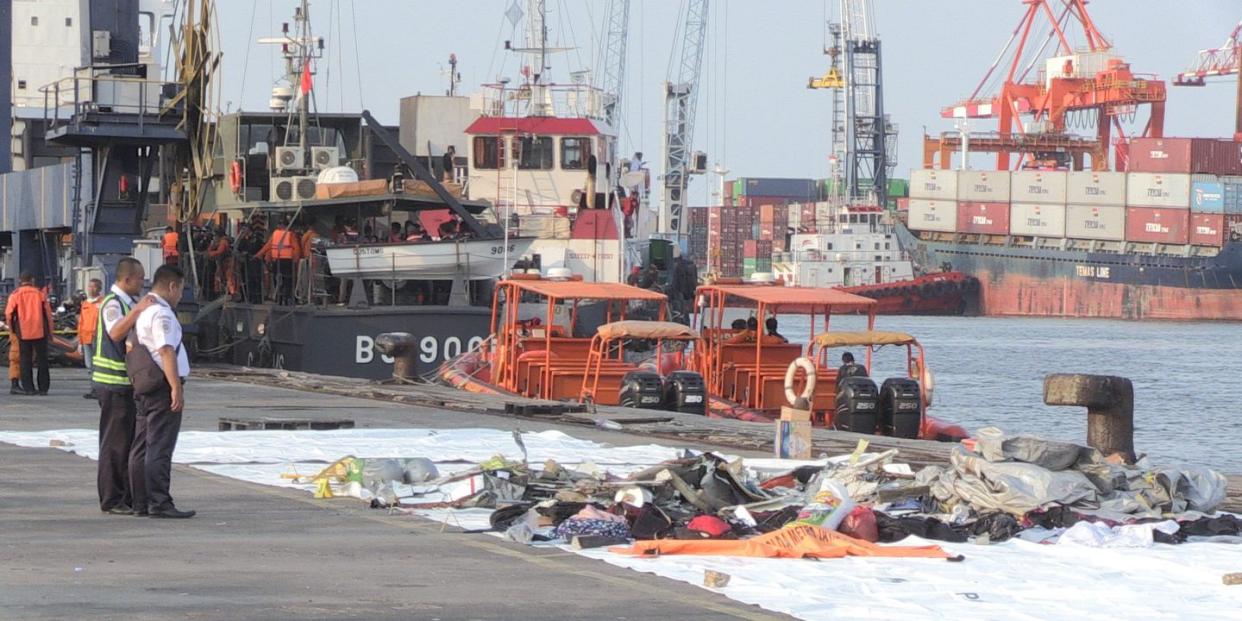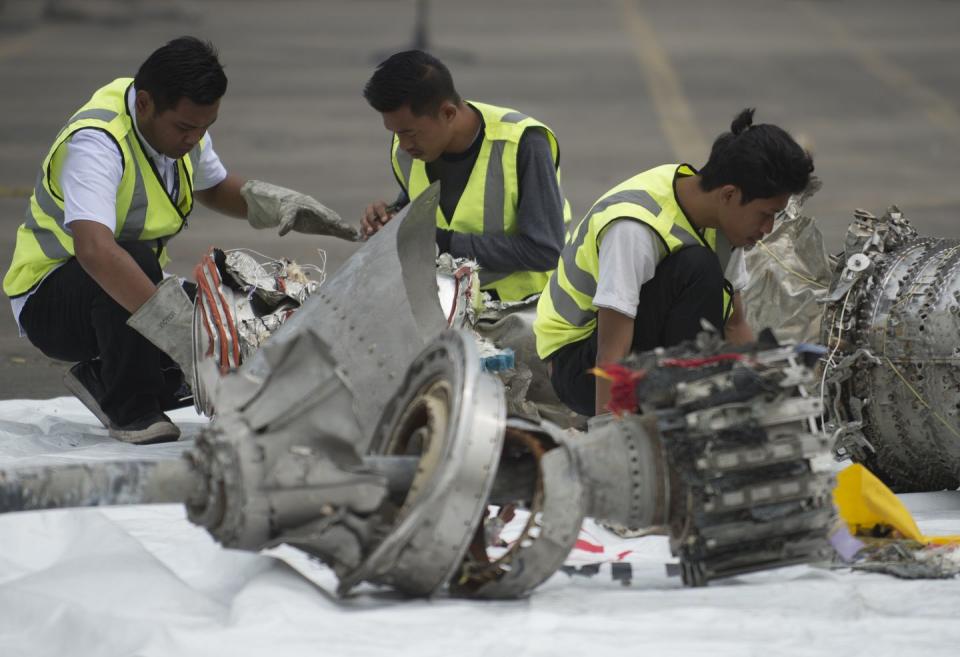If the Lion Air Jet Was "Unairworthy," Then Why Was It Allowed To Fly?

The Lion Air jet that crashed into the Java Sea a month ago, killing all 189 people onboard, was unfit to fly on more than one occasion in the days leading up to its final flight, according to Indonesian safety regulators. The revelation came in a newly released report that provides fresh details on the last few flights of the virtually new Boeing 787 MAX 8, and it raises more questions about the response of the crews and the airline to these problems.
The report homes in on Lion Air's maintenance practices as well an anti-stall system in the aircraft, both of which are under intense scrutiny given the issues that arose in the three days prior to the Oct. 29 accident. “For three days, this plane was flying around when they knew there were problems,” says John Goglia, a safety consultant and former member of the National Transportation Board.
As the report notes, the plane's maintenance logs reported problems with the airspeed and altitude readings on four of the six flights operating during the three days prior to the crash. The problems were serious enough that on the jet’s second-to-last flight, from Bali to Jakarta, the crew reported a stick shaker activation, which warns of a stall and “is considered as an un-airworthy condition,” the report says. The panel said that at that point, the flight “should have been discontinued.”
What’s worse, the troubles on that flight came one day after one of the jet’s angle-of-attack sensors was replaced-again-after the crew reported similar glitches. The fix, whatever it was, clearly didn’t prevent the problem from recurring, Goglia points out.
“I’ve grounded planes with much less serious conditions,” he says, alluding to his years in maintenance at a major airline. But, he notes, airline workers “are under pressure to keep the airplanes moving.” Until more details emerge from the maintenance records, we won't know for certain what types of repairs were made to fix the ongoing problem and whether the repairs were properly tested prior to putting the plane back in the air.
“They were trying to fix it in the time they had,” he says, and the plane would have been on the ground in Jakarta for more than eight hours, which Goglia says should be adequate. “But as an investigator, I’d want to know if they have the right test equipment, and what kind of sensor they replaced the faulty one with.”
Getting those answers is crucial. As Boeing points out in a statement it released to coincide with the government report: “The report does not include records as to the installation or calibration of the new sensor, nor does the report indicate whether the sensor was new or refurbished.”

Capt. Mark Weiss, a former major airline pilot and now a consultant, says; “If you have an aircraft that has been down for maintenance, and if something has been written up several times-particularly something directly affecting the flight-that’s something you pay attention to." Preparing for a flight, he says, “the first thing the pilot does is take a look at the logbook. If there’s a situation that’s been written up three or four times, I’d be saying ‘there have been some real problems with this aircraft, did they correct it?’”
At a follow-up news briefing this week, Indonesian officials tried to counter the impression that the plane may have been rushed back into service on the day of the accident flight without adequate testing. According to officials, maintenance records show that flight engineers had made repairs and had run the necessary tests, although the details of what was repaired and how were not available. “When the plane departed from Jakarta, the aircraft was in airworthy condition,” investigator Nurcahyo Utomo told reporters.
Faulty sensors are just one piece of the puzzle. Boeing’s statement notably does not mention the revised anti-stall system that was introduced on the 737 MAX and whether the technology was adequately explained to both airlines and their crews in Boeing's own materials. Boeing and the FAA have since issued alerts to pilots on how to handle situations where sensors are feeding faulty data to the cockpit, but critics, including a number of pilots' group, have said the manufacturer should have done a better job communicating this information to begin with.
In the case of the doomed Lion Air flight 610, the false data set off a chain of events, triggering the anti-stall system to automatically push down the plane’s nose to avert a stall. The flight data recorder shows that pilots tried multiple times to regain control before the jet plunged into the sea.
“One of the things that’ll come out of this will be a renewed emphasis on training, and the human factors that come into play,” Weiss says. “The 737 MAX is a different beast from the previous models like the 737-800,” he points out, “it has heavier engines, it has different handling characteristics.” Pilots typically get what’s called “differences training” for a new model, even if they’ve been flying earlier versions for years. The extent of the Lion Air pilots’ training on this specific model is another area of inquiry, he notes.
Boeing, for its part, can’t afford to have a cloud hanging over one of its biggest-selling models. So it stressed in its statement that the 737 has a long record of reliability, saying “the 737 MAX is as safe as any airplane that has ever flown the skies.” Whether the unfolding investigation will bear that out is another question.
('You Might Also Like',)

